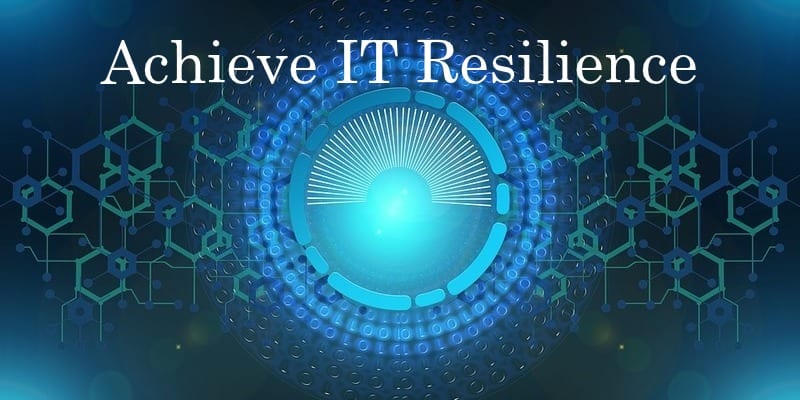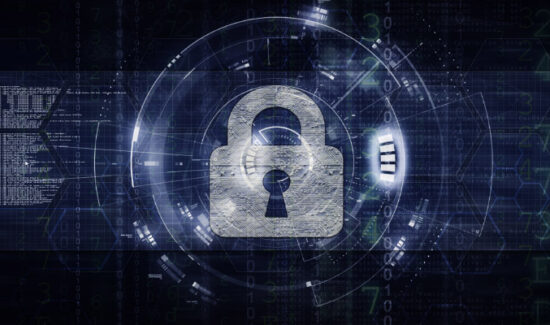5 Essentials to Achieve IT Resilience

 Many cloud backup and storage solutions have appeal because they offer cloud storage and data access and restore from anywhere. However, such solutions don’t offer capabilities that allow users to totally recover applications, servers, and entire business operations in a tight timeframe. Because of this, companies require IT resilience that is affordable and effective. This means that solutions must offer automated, seamless access to your data and applications. But what do solutions need, specifically, to achieve resilience?
Many cloud backup and storage solutions have appeal because they offer cloud storage and data access and restore from anywhere. However, such solutions don’t offer capabilities that allow users to totally recover applications, servers, and entire business operations in a tight timeframe. Because of this, companies require IT resilience that is affordable and effective. This means that solutions must offer automated, seamless access to your data and applications. But what do solutions need, specifically, to achieve resilience?
A few key elements of technology must be present for IT Resilience and Assurance (ITRA) to be achieved. These components are anomaly detection, backup, deduplicated file system assisted replication, orchestration, and assurance. That’s a lot to take in one sentence, so let’s break them down!
Anomaly Detection
Anomaly detection is a feature that enables users to predictively detect a risk to their systems. This capability allows users to receive an early warning if activity happening with their data could be related to a ransomware or other kind of malware attack. Signs that a ransomware attack is occurring include affected files being renamed, causing them to appear to be new files when backed up. Ransomware can also encrypt files, meaning that they will register as “changed” after a backup runs. Anomaly detection tracks the backup trends of company devices and gives users a warning when these symptoms of ransomware appear.
Backup
During a single drive failure, it’s usually possible to leverage a local appliance in order to recover and boot a single machine. However, this method may not be enough when dealing with more complex failures. In the event of a complex failure, it’s necessary to have a usable copy of your systems, data, and applications. This backup should be portable and stored in a location that is accessible, safe, and remote in order to prevent it from being compromised. This process requires replication that can quickly transfer data to a space where it’s usable by the platform. When the initial data exists in the second location, the ability to move as little data as possible continuously is crucial. This is especially important for large volumes of data where total replication can put restrictions on recovery time.
Deduplicated File System Assisted Replication
Deduplicated File System Assisted Replication (DFSAR) enables businesses to view all blocks that exist for a job and then compare them to everything that exists at the secondary location in order to see what matches. Blocks that already exist in the remote location can be used to rebuild the job in that same location. The system will then create a clone and boot from the clone instead of the backup copy if booting is necessary. This means that the system is cloning a deduplicated state of the machine, rather than the machine itself. At this stage, the amount of data that must be moved is often less than 1% of the total volume. This significant reduction of data being transferred brings a faster recovery time.
Orchestration
Orchestration is key to an ITRA solution, as it is crucial for the automation of recovery as well as reducing the risk of human error. If an organization doesn’t have proper orchestration, a web server might spin up and attempt to authenticate against its domain controller, while it’s still booting. Though both machines will eventually be online, technically, they won’t have the ability to communicate with each other. However, through orchestration, you can disable outbound networking so that each application can come online in the disaster recovery network. This enables you to prove that your infrastructure is working soundly, without affecting anything outside the environment.
Assurance
Assurance in the form of a guarantee is needed in order to be sure that your provider can properly deliver their services during an outage. What separates ITRA solutions from cloud backup is that ITRA offers a business continuity feature which enables you to recover entire businesses with interconnected services and offers a Service Level Agreement (SLA) that assures that your complete infrastructure will be up and running within minutes. If your vendor can provide this, you’ll be able to reap the many rewards of effective and affordable IT resilience.




















